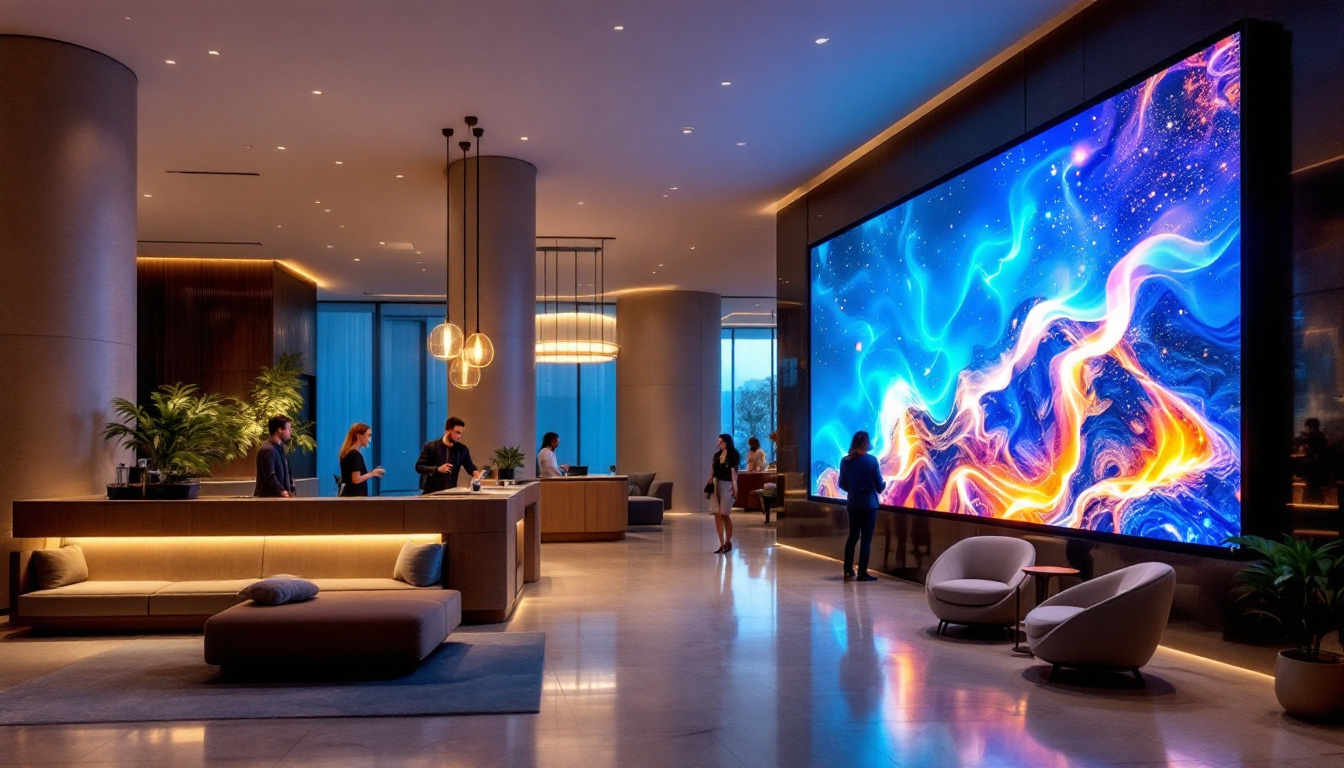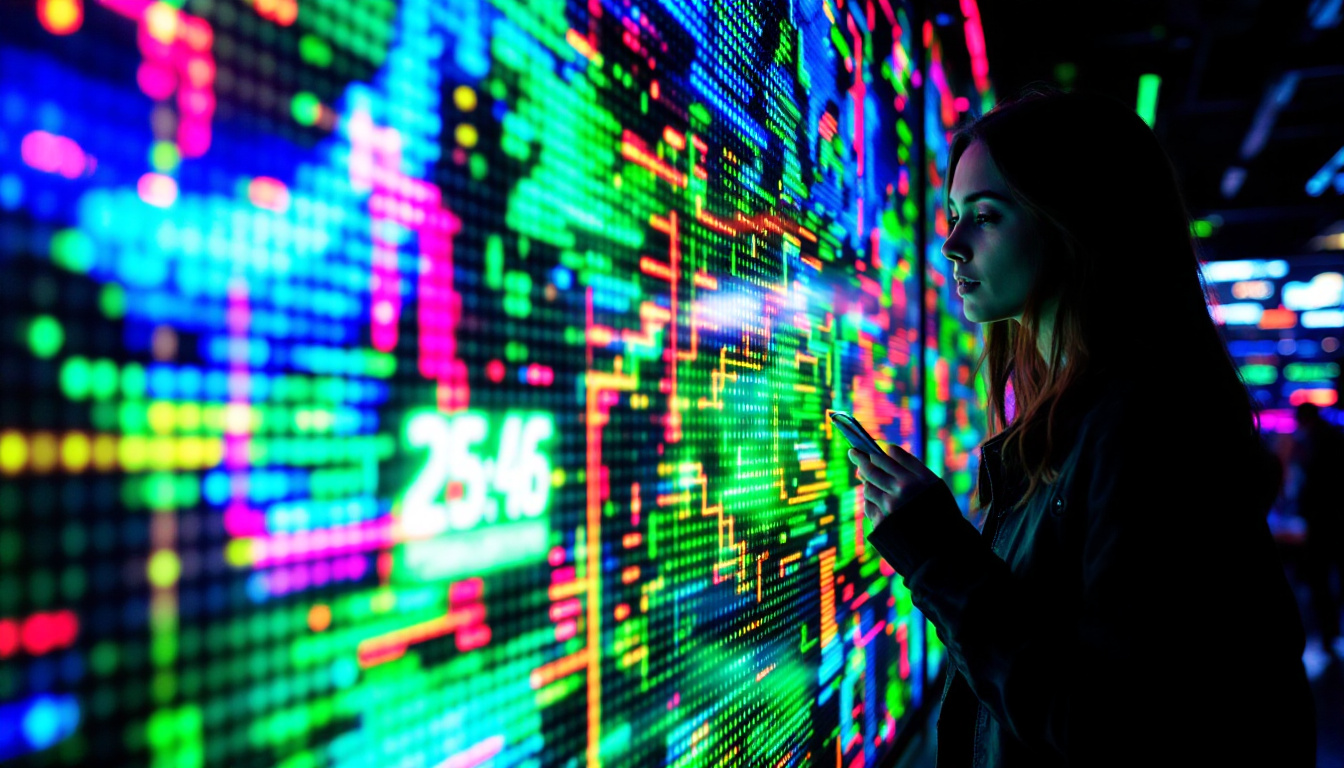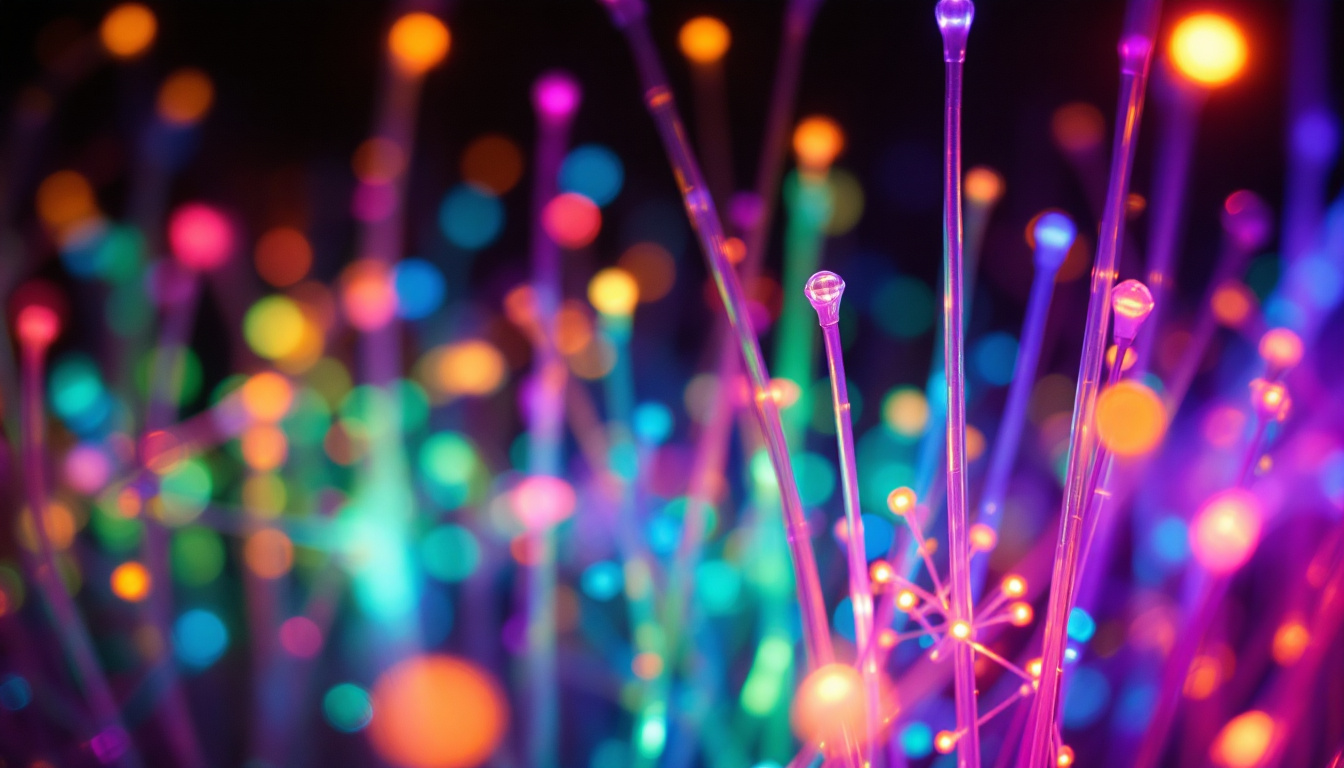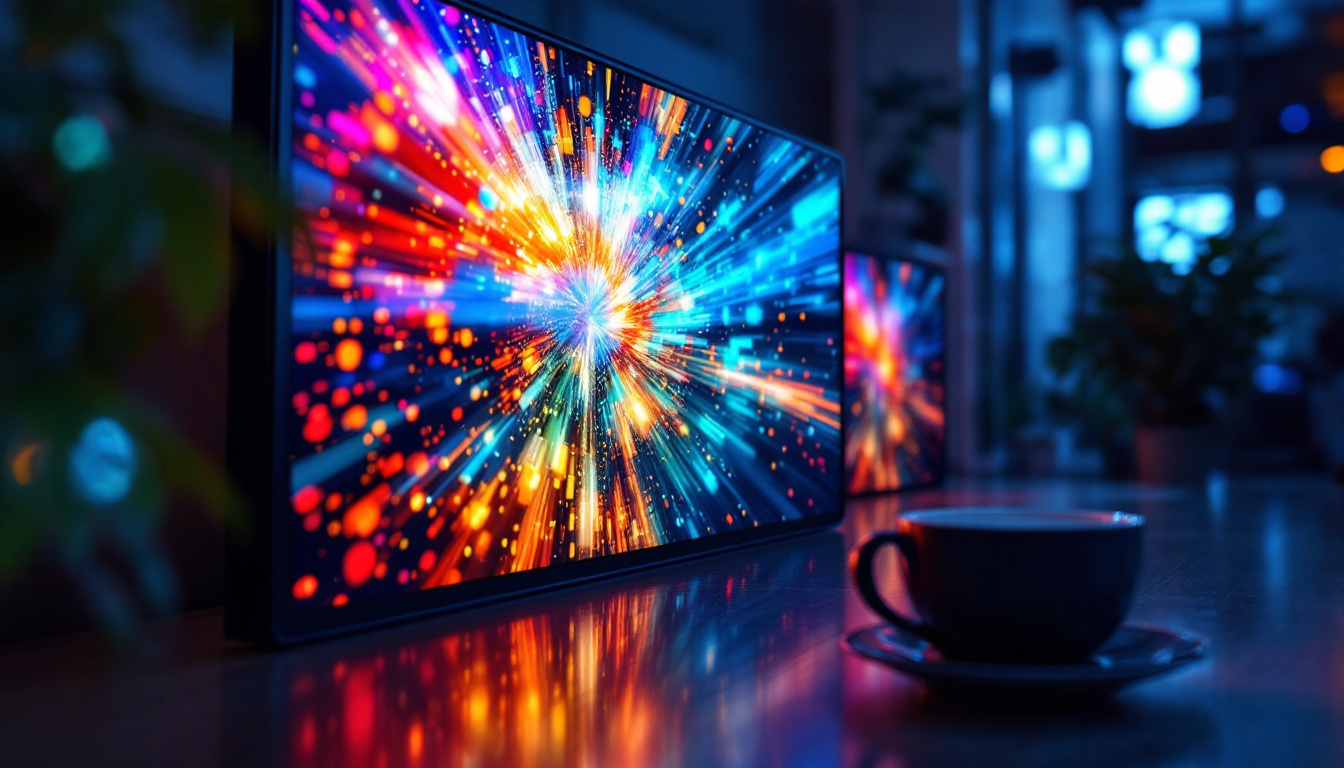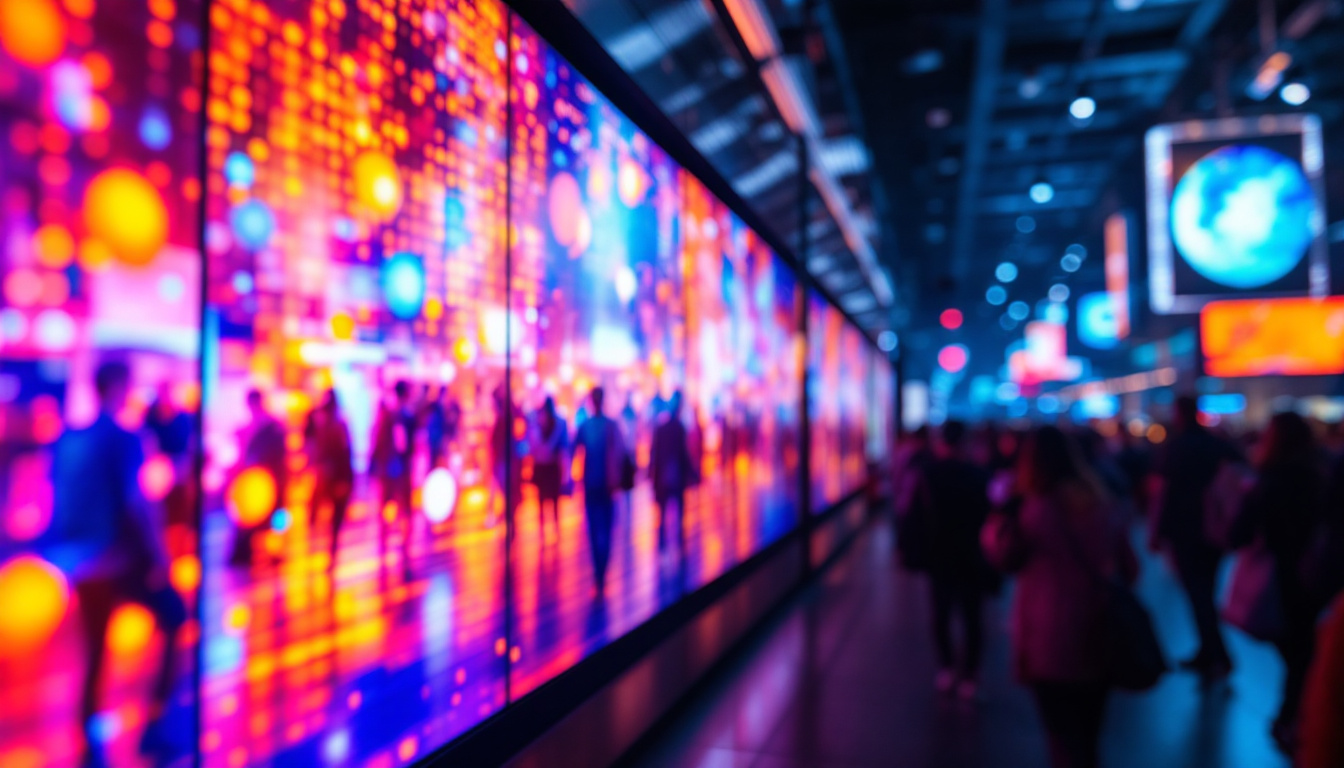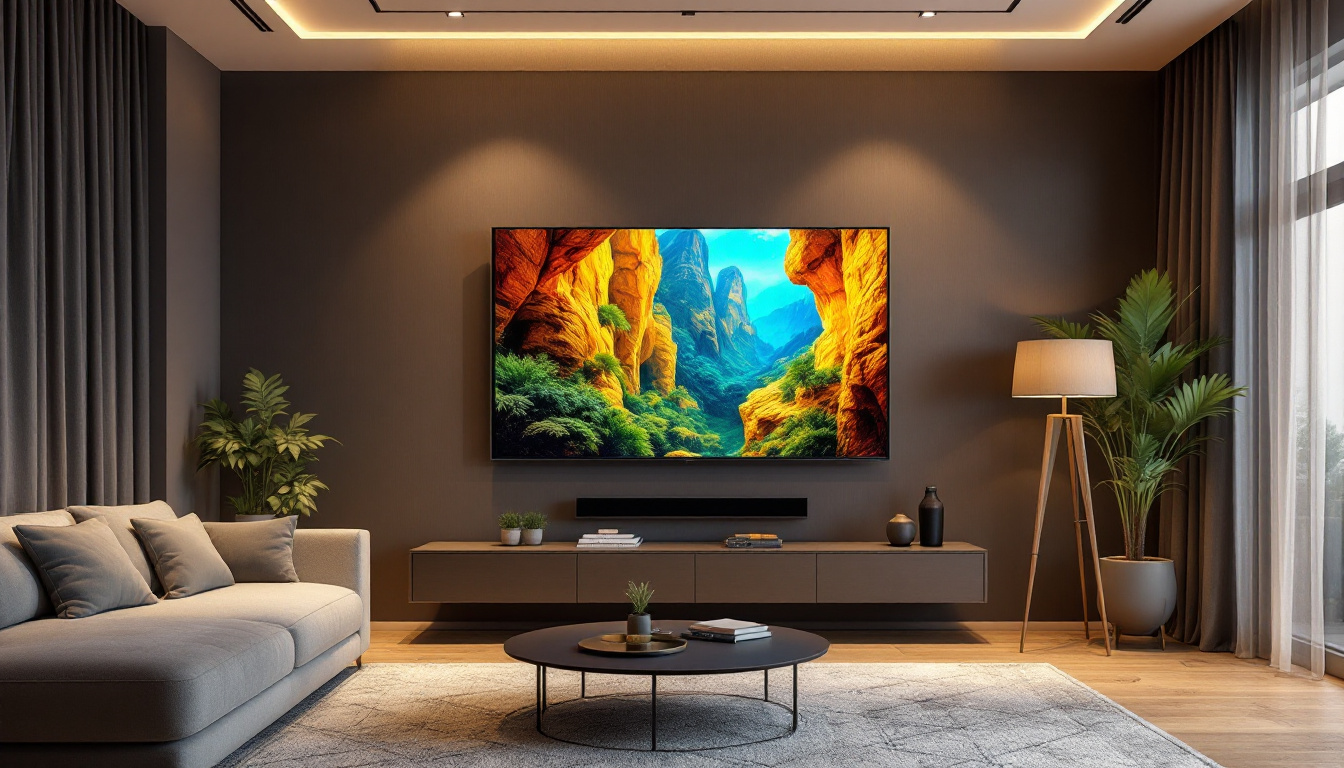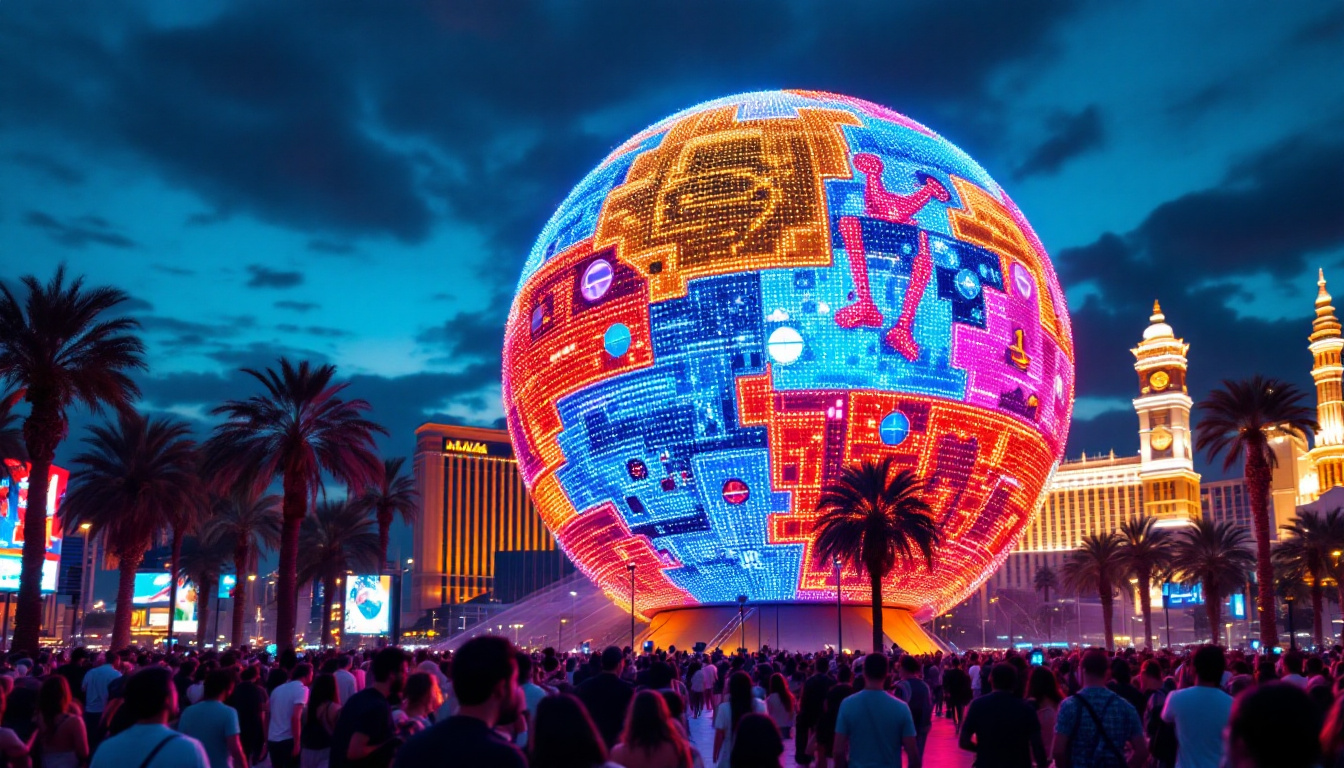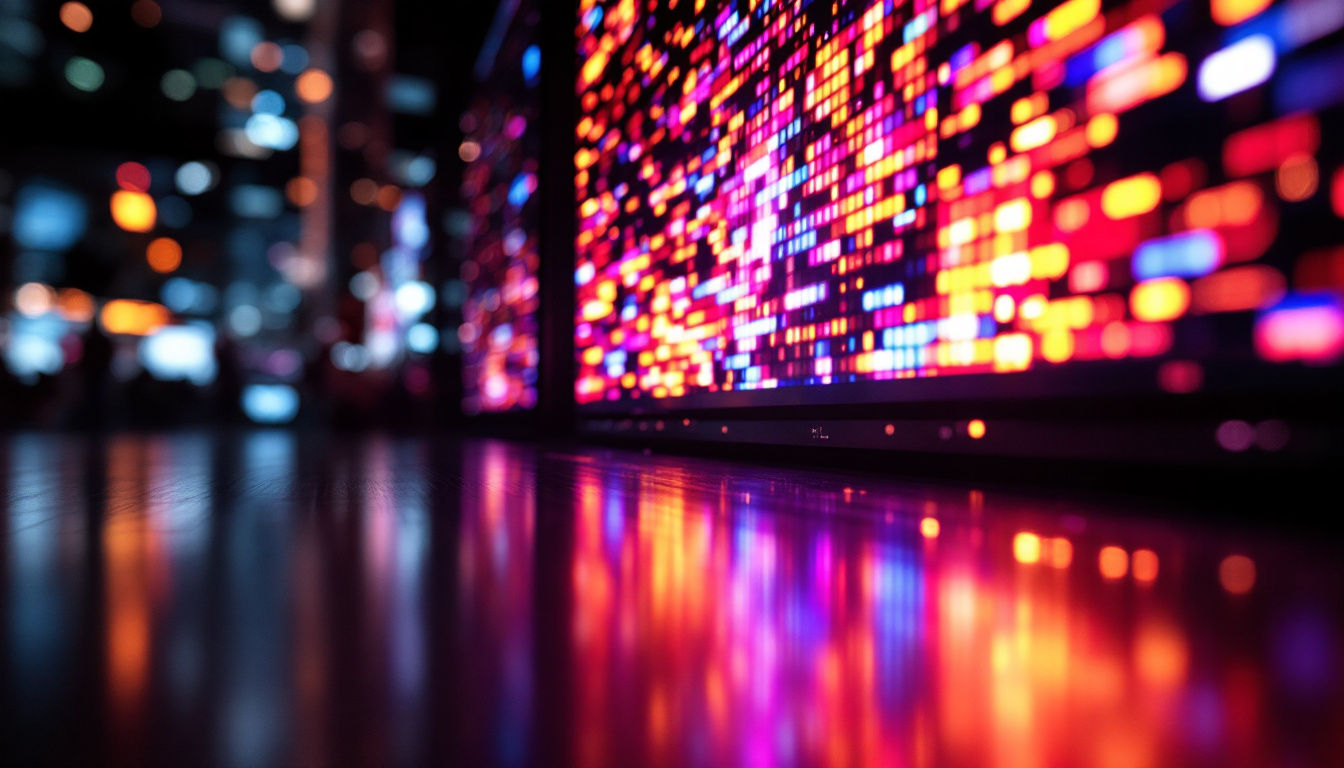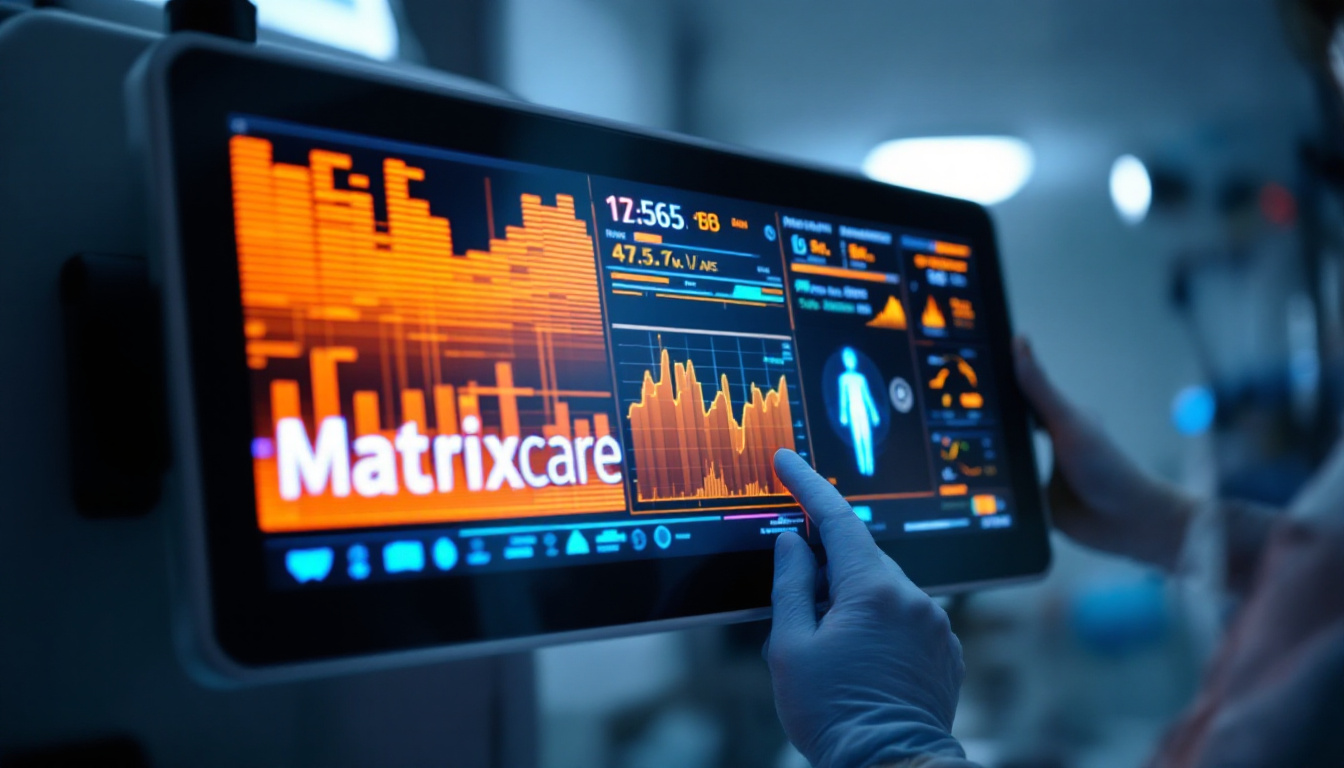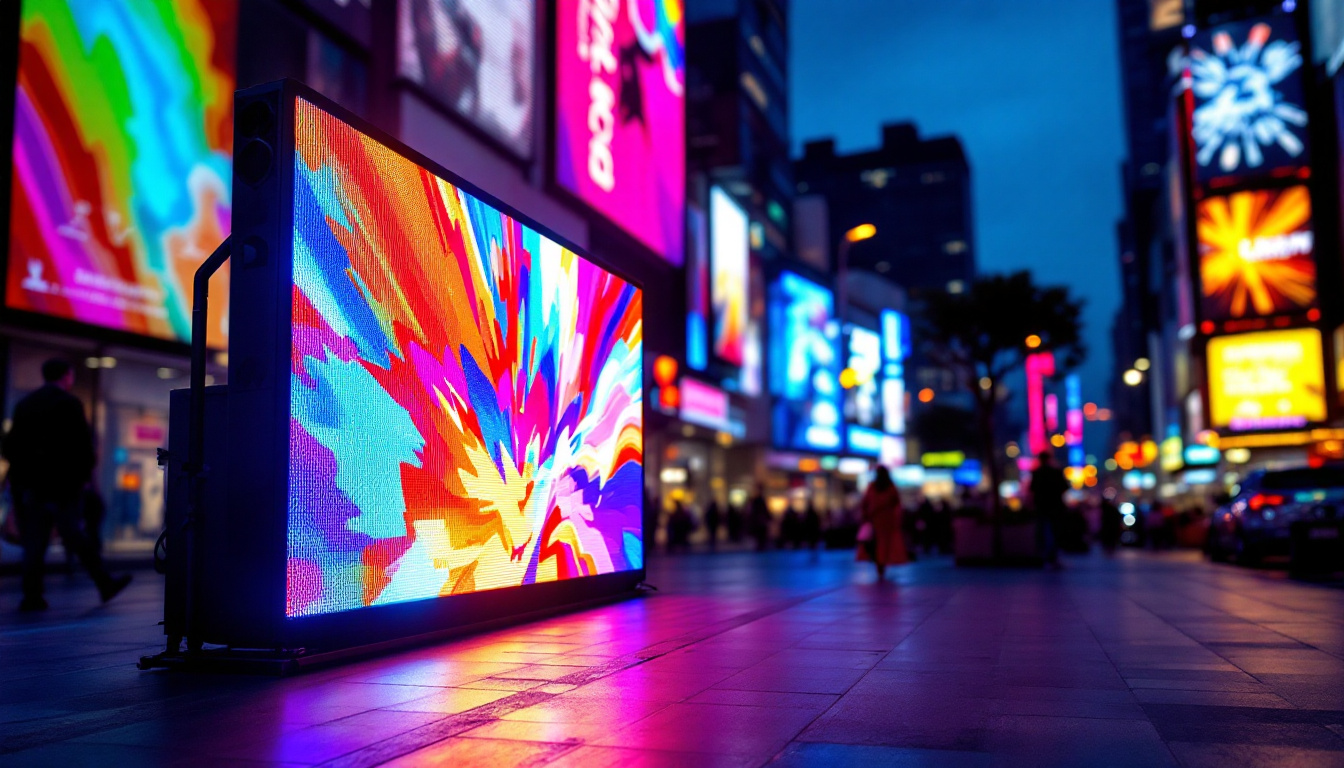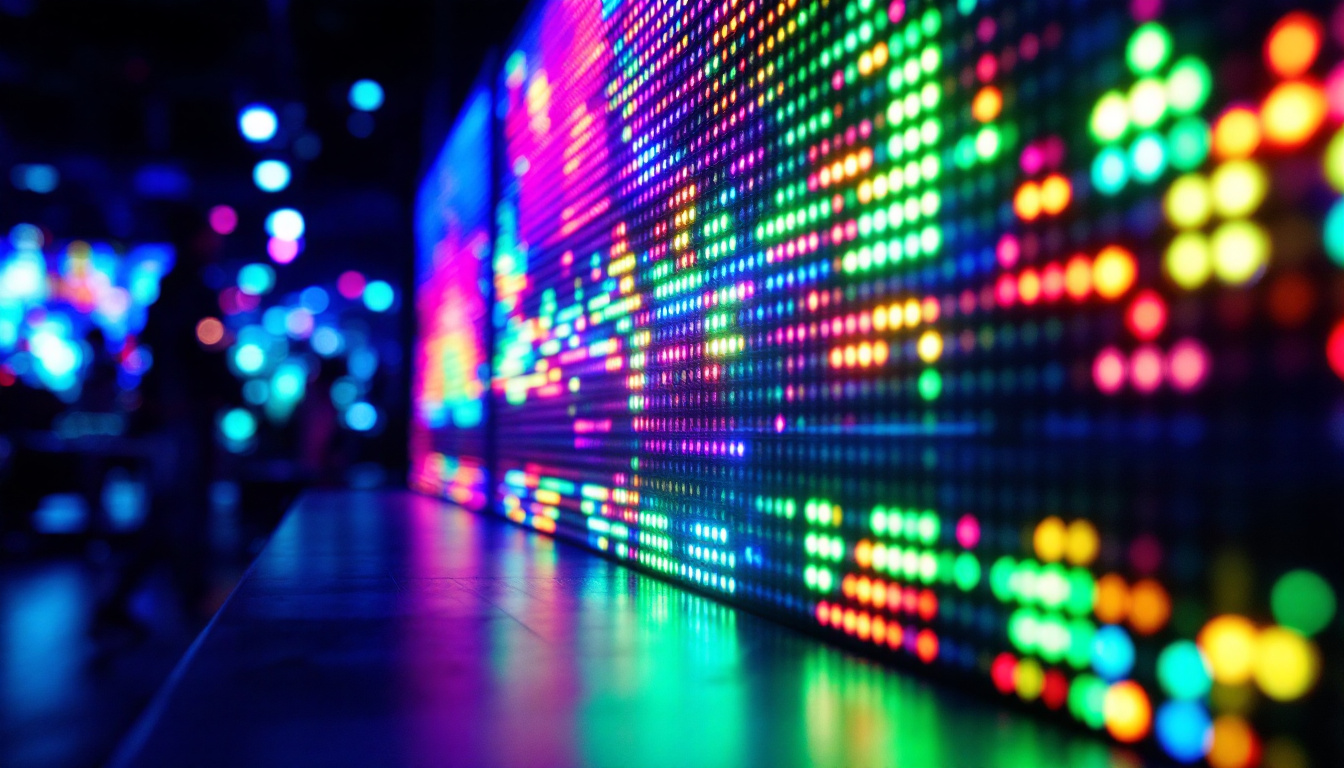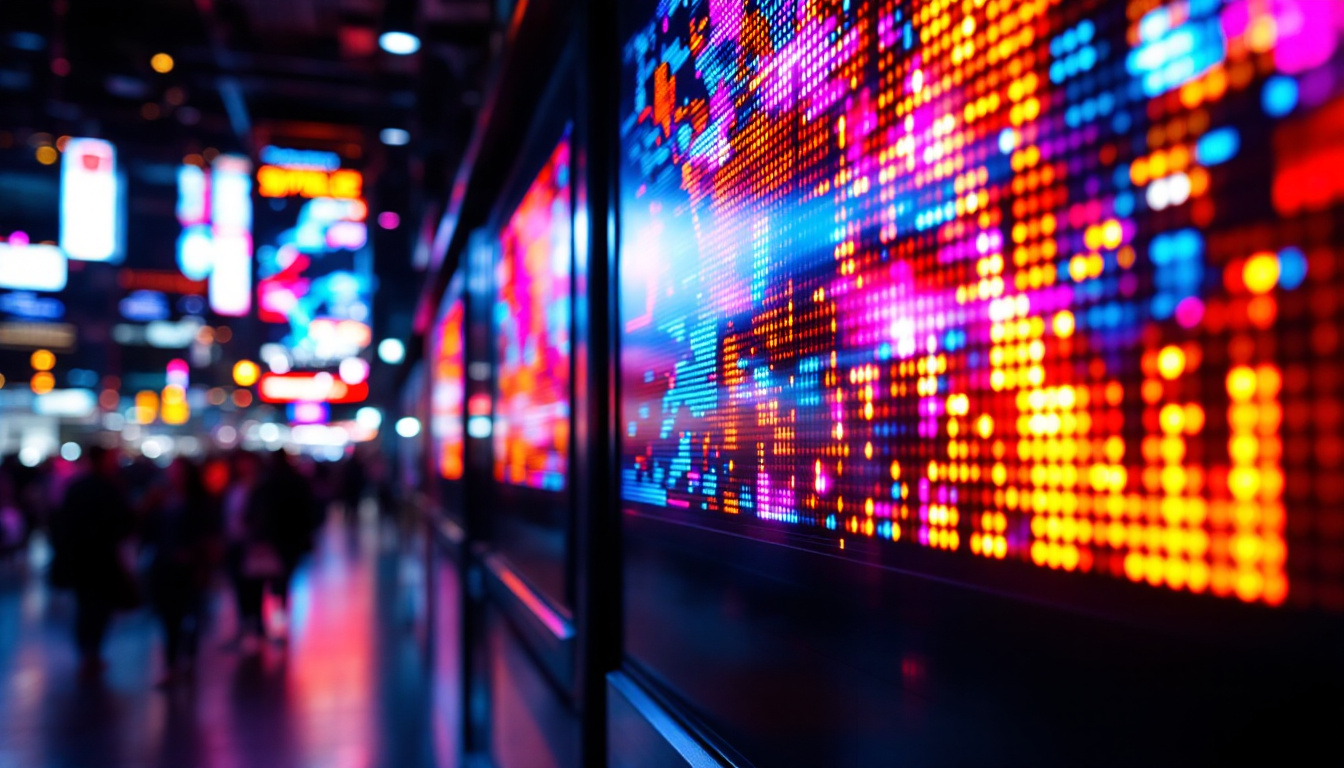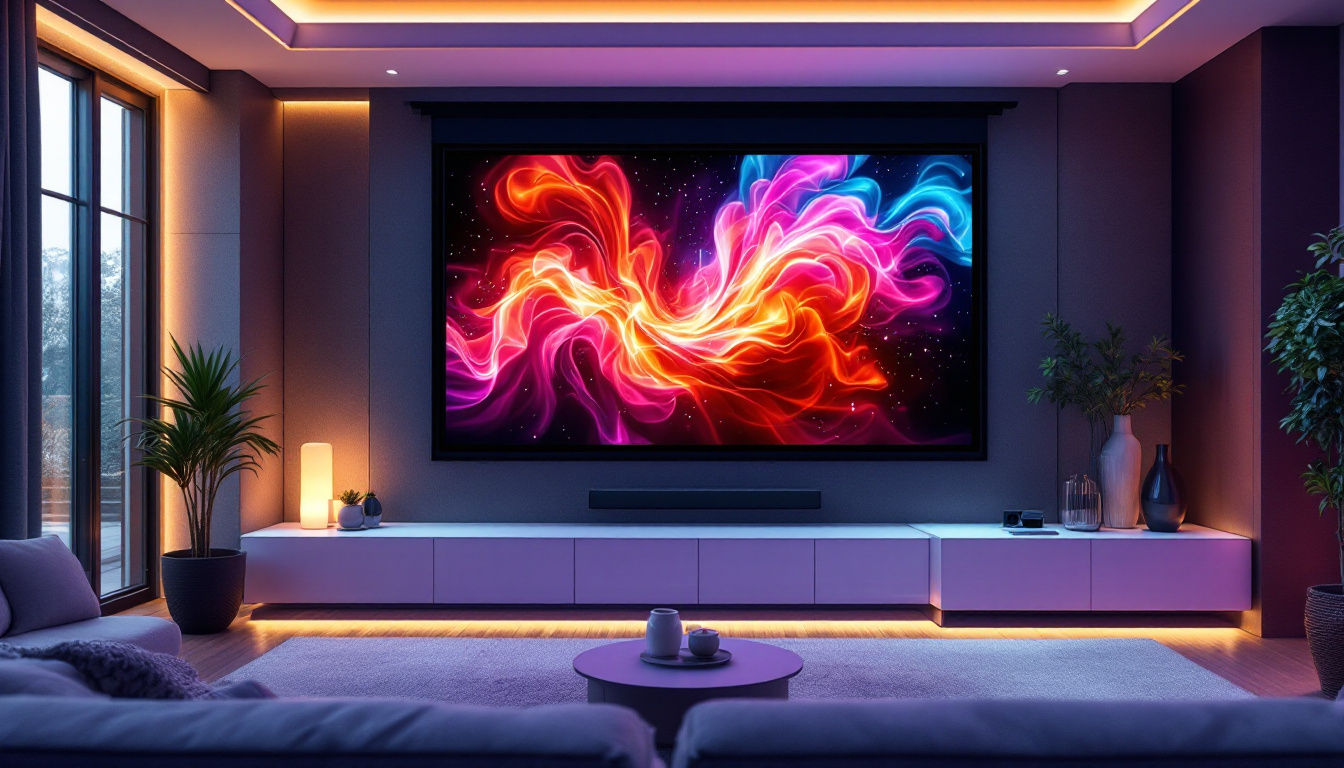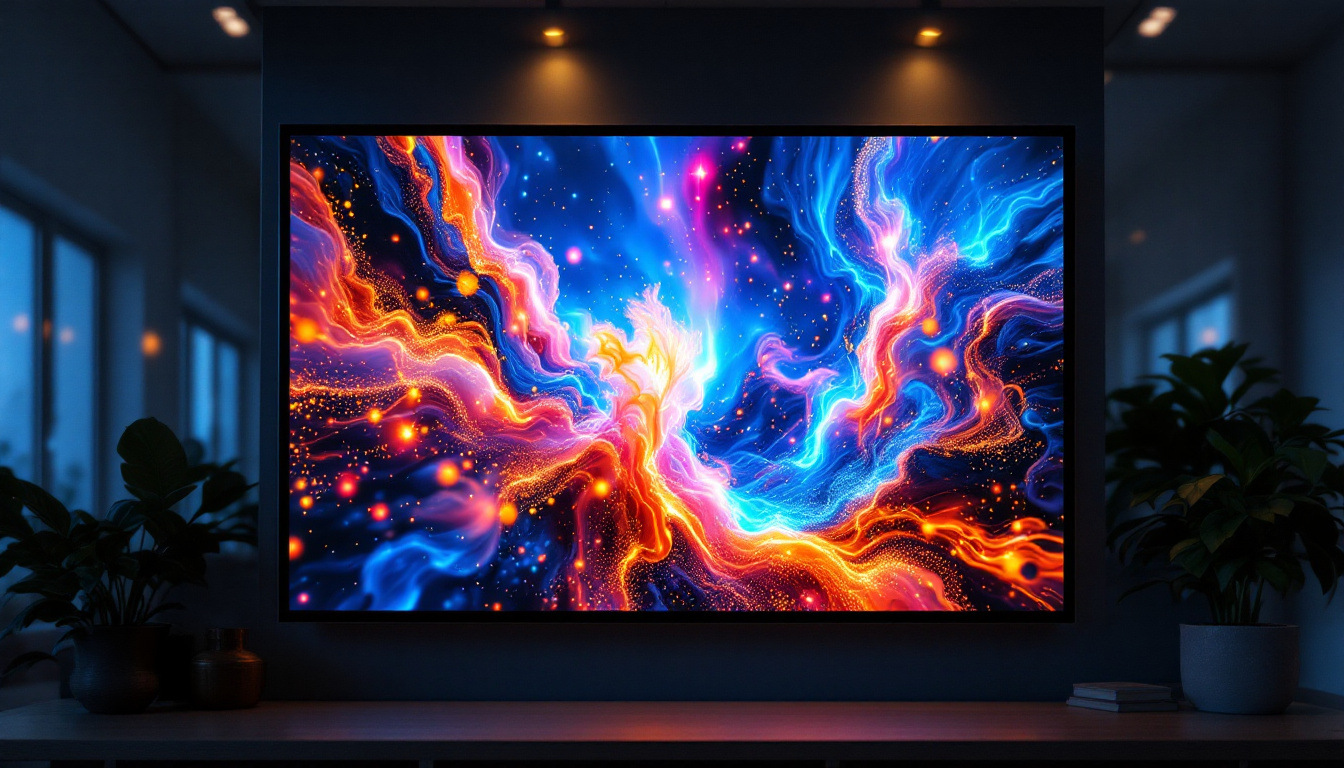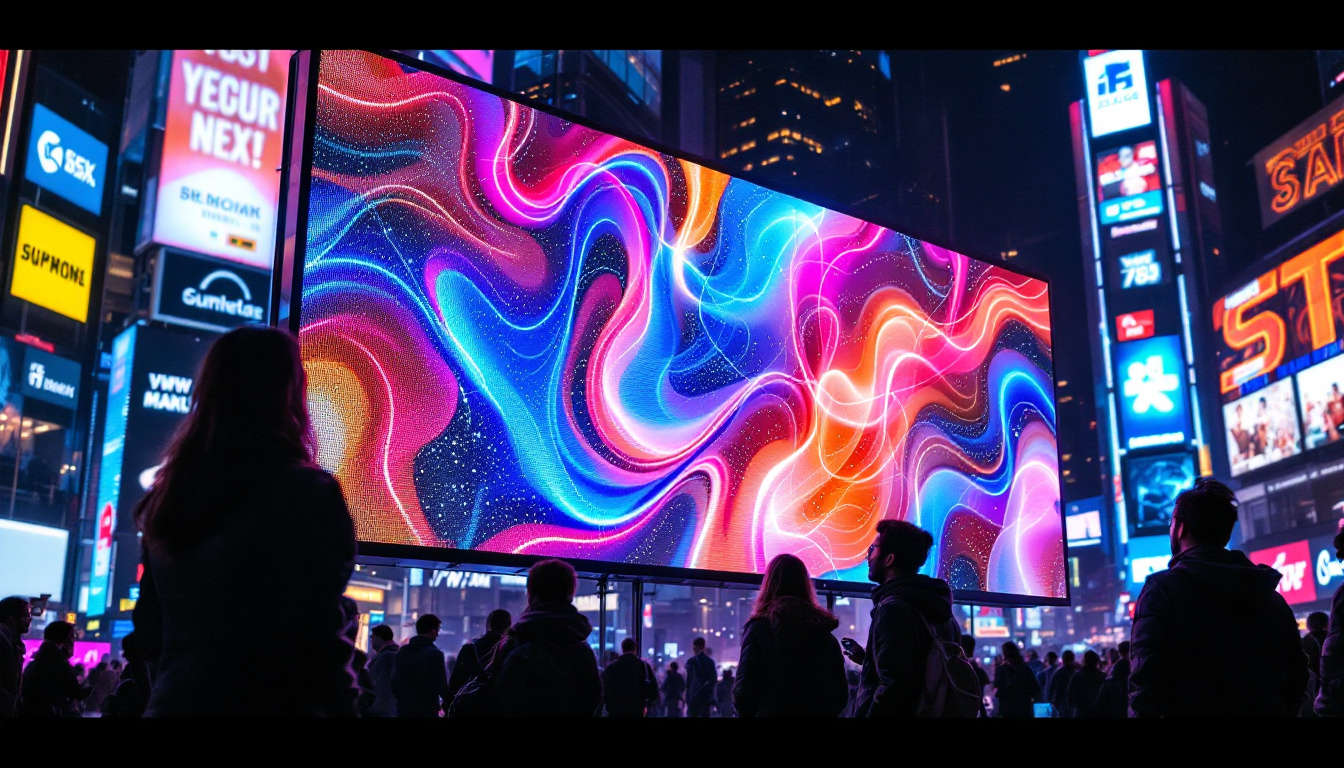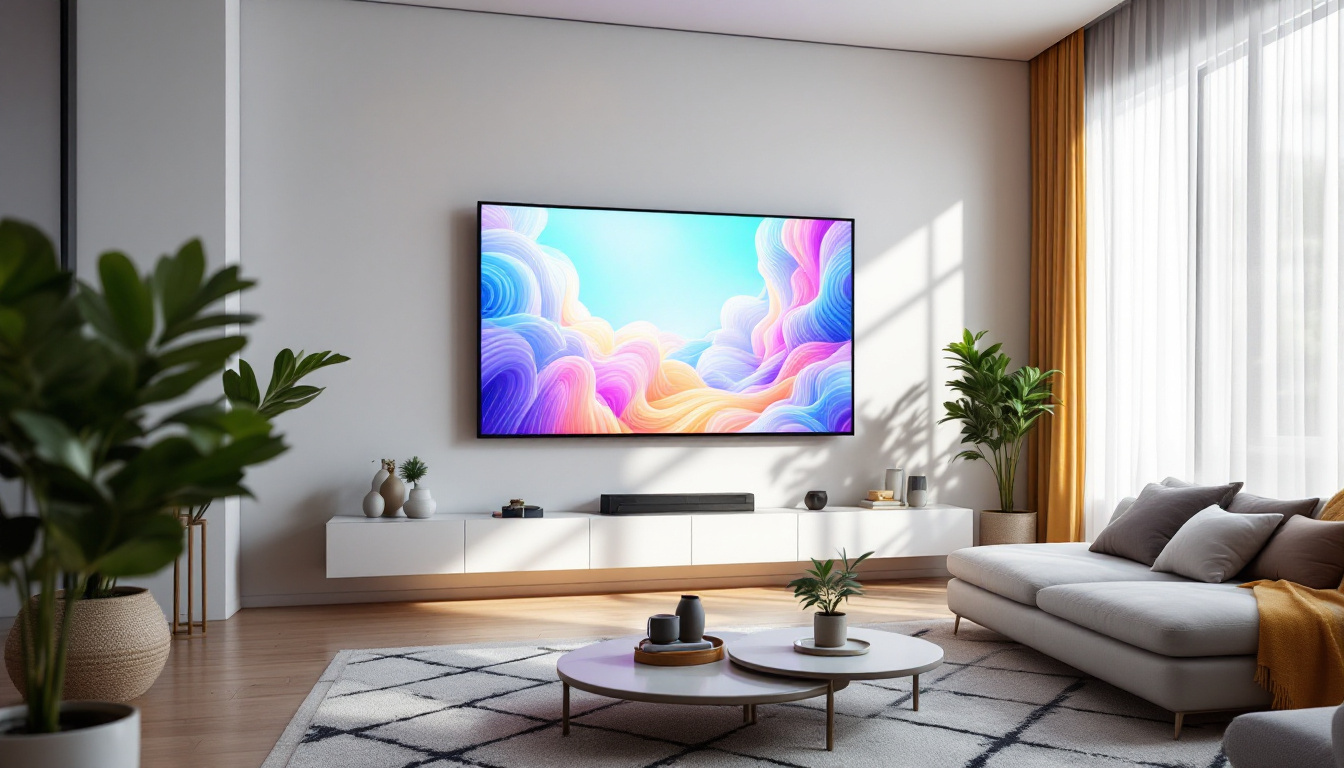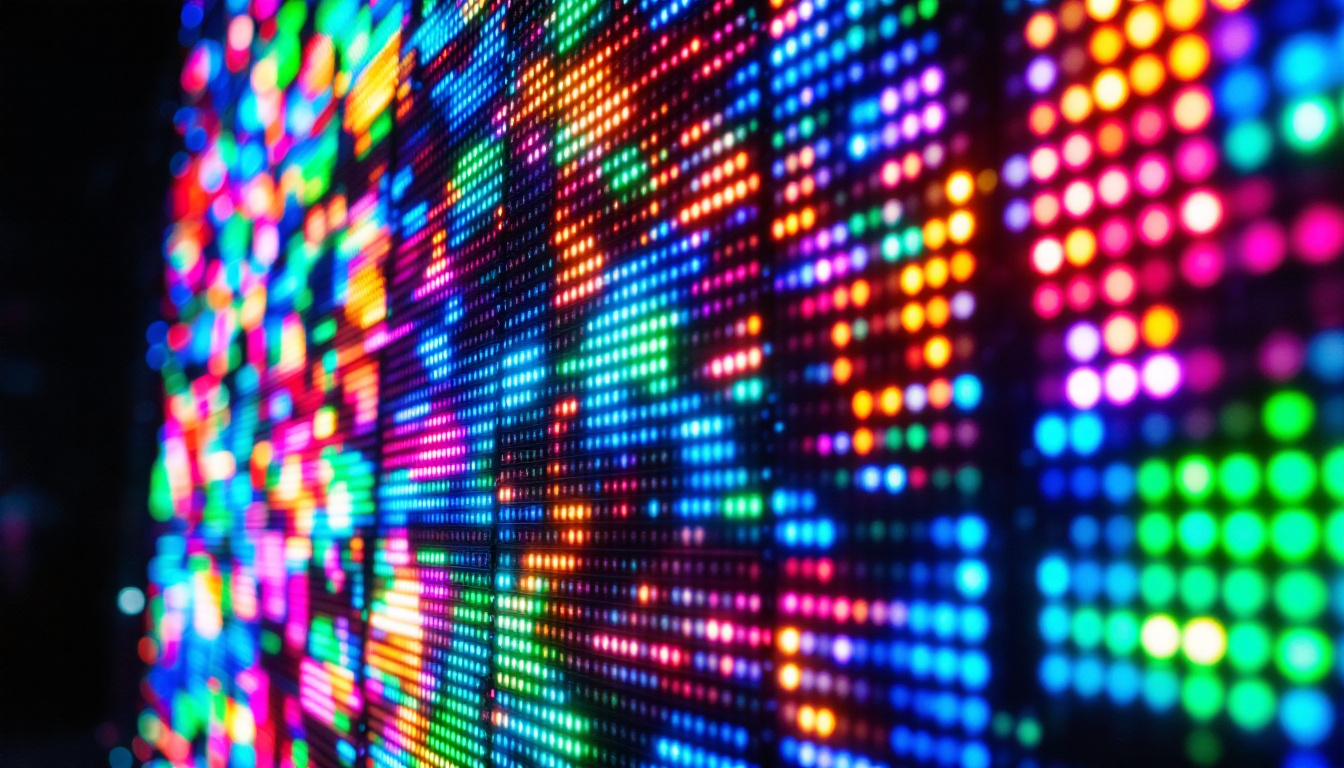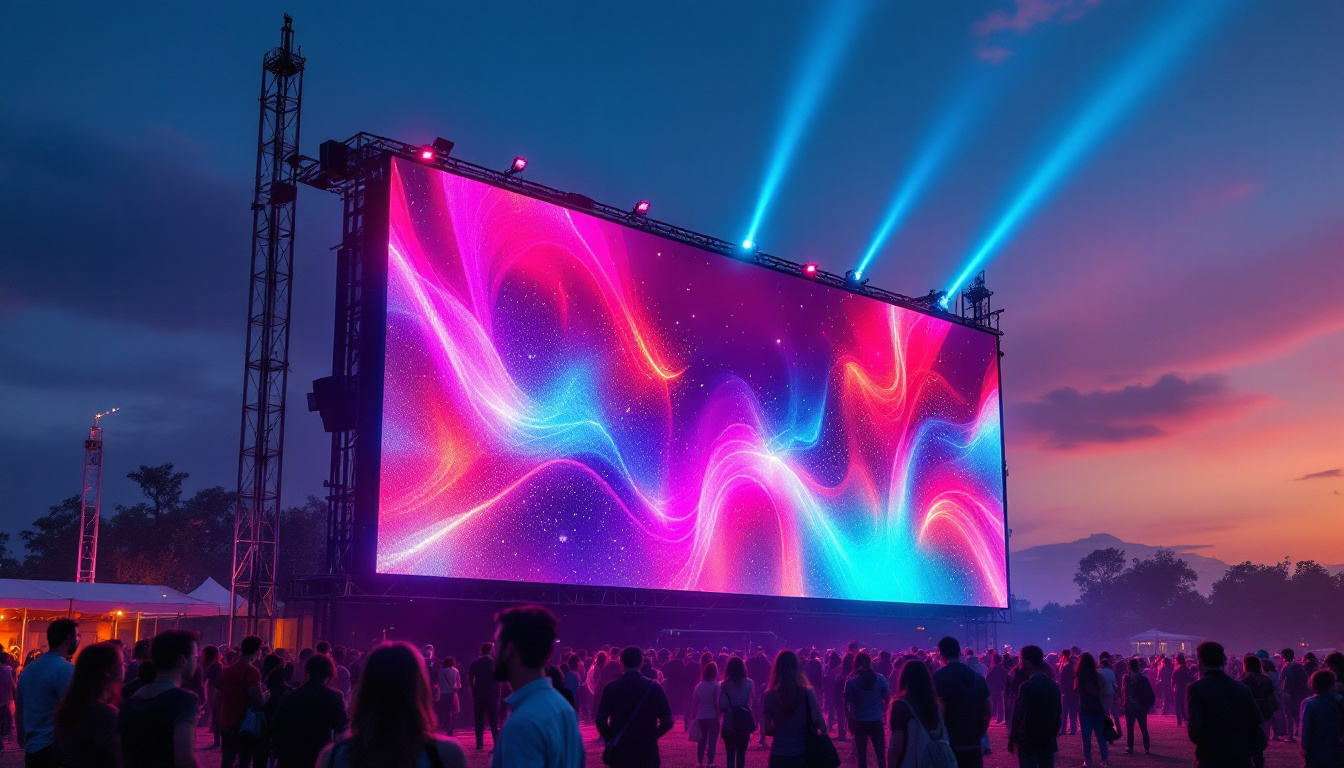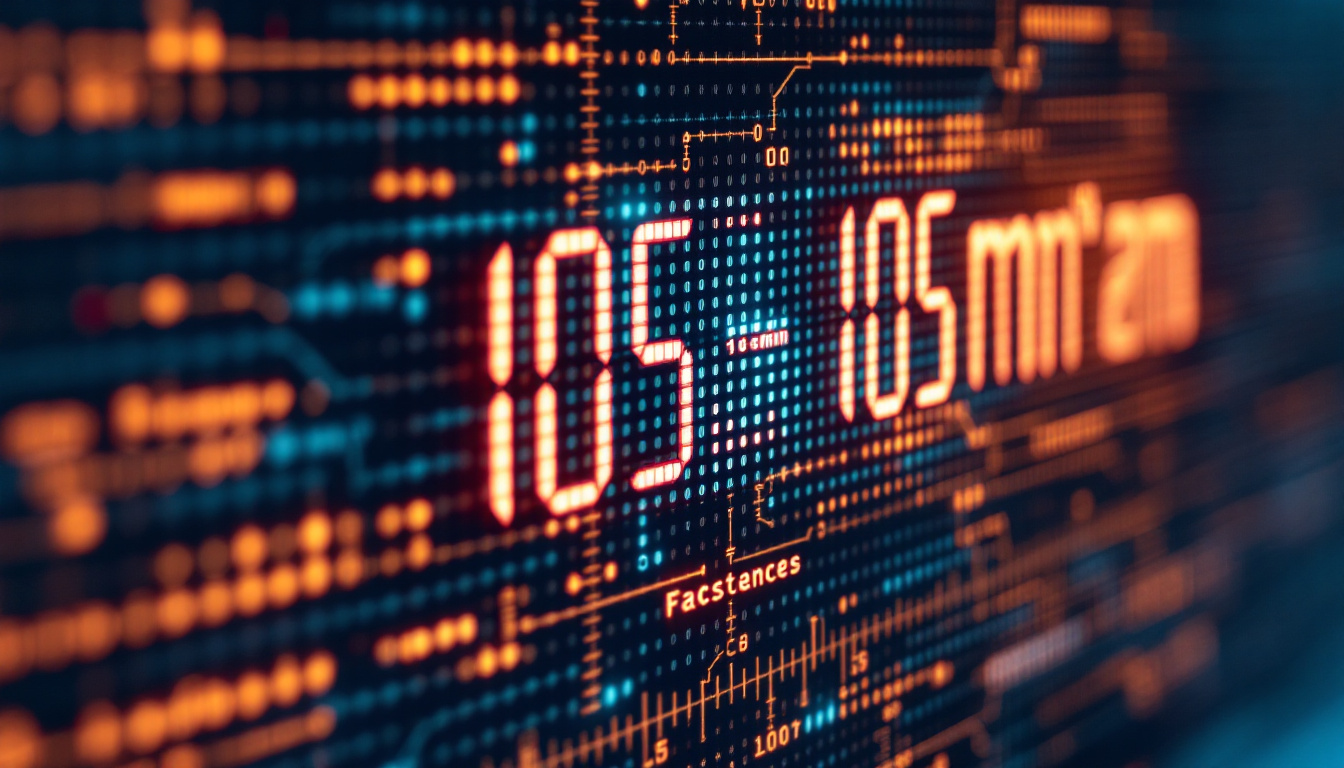In the rapidly evolving world of digital television, LED displays have emerged as a cornerstone technology, revolutionizing the way viewers experience content. Understanding LED displays is essential for both consumers and professionals in the industry. This article delves into the intricacies of LED display technology, its advantages, and its applications in the realm of digital television.
Understanding LED Technology
LED, or Light Emitting Diode, technology has transformed various electronic devices, particularly in the realm of displays. Unlike traditional LCD screens that rely on backlighting, LED displays utilize an array of tiny light-emitting diodes to produce images. This fundamental difference leads to several advantages that enhance visual experiences. The energy efficiency of LED technology is particularly noteworthy, as it consumes significantly less power compared to its predecessors, making it an environmentally friendly choice. This efficiency not only reduces electricity bills but also contributes to a lower carbon footprint, aligning with the growing demand for sustainable technology solutions.
How LED Displays Work
At the core of an LED display are the diodes that emit light when an electric current passes through them. These diodes can be arranged in various configurations, including RGB (Red, Green, Blue) setups, which allow for a wide spectrum of colors. The combination of these colors in varying intensities creates the images that viewers see on the screen. Furthermore, the rapid response time of LEDs allows for smoother motion and less blurring, making them ideal for fast-paced video content and gaming. This characteristic is particularly appealing to gamers and sports enthusiasts who seek a high-quality viewing experience that captures every detail without lag.
LED displays can be categorized into two main types: direct view and backlit. Direct view LED displays consist of individual LEDs that form the entire display, while backlit LED displays use LEDs to illuminate an LCD panel from behind. Each type has its own set of benefits and is suited for different applications. For instance, direct view LED displays are often used in outdoor settings due to their brightness and visibility in sunlight, while backlit displays are more common in home electronics, where space and cost considerations are paramount.
Types of LED Displays
LED displays can be classified into several types based on their application and technology:
- Full-Color LED Displays: These displays use RGB LEDs to produce vibrant colors and are commonly used in televisions and large advertising screens. Their ability to display high-definition content makes them a favorite in both commercial and residential settings.
- Monochrome LED Displays: Typically used for simple text and graphics, these displays use a single color and are often found in signage and scoreboards. Their simplicity and effectiveness make them a cost-effective solution for conveying information in public spaces.
- OLED Displays: A subset of LED technology, OLED (Organic LED) displays offer superior contrast and color accuracy by using organic compounds that emit light when electrified. This technology allows for thinner screens and greater flexibility in design, paving the way for innovative applications like curved and foldable displays.
In addition to these types, LED technology has also paved the way for advancements in smart displays, which integrate connectivity features that allow users to interact with their screens in new ways. Smart LED displays can connect to the internet, enabling streaming services, apps, and even voice control, thus enhancing user engagement. As technology continues to evolve, the integration of artificial intelligence and machine learning into LED displays promises to further revolutionize how we experience visual content, making it more personalized and immersive than ever before.
Advantages of LED Displays
LED displays offer numerous advantages over traditional display technologies. These benefits contribute to their increasing popularity in both consumer electronics and professional settings.
Energy Efficiency
One of the most significant advantages of LED displays is their energy efficiency. Compared to traditional LCD or plasma displays, LED screens consume less power, which not only reduces electricity bills but also lessens the environmental impact. This efficiency is particularly beneficial for large-scale installations, such as outdoor advertising, where displays are often left on for extended periods. Furthermore, the reduced energy consumption of LED displays can contribute to lower carbon footprints, making them a more sustainable option in an era where energy conservation is crucial.
Brightness and Visibility
LED displays are known for their exceptional brightness levels, making them ideal for various lighting conditions. Whether in a dimly lit room or under direct sunlight, LED screens maintain high visibility, ensuring that content is easily viewable. This characteristic is especially important for outdoor displays and public information screens. Additionally, LED technology allows for a wider color gamut and better contrast ratios, enhancing the overall visual experience. This means that images and videos displayed on LED screens appear more vibrant and lifelike, captivating audiences in a way that traditional displays often cannot.
Longevity and Durability
LED technology is inherently more durable than traditional display technologies. LED displays have a longer lifespan, often exceeding 50,000 hours of use. This longevity translates to reduced maintenance costs and less frequent replacements, making them a cost-effective choice for both consumers and businesses. Moreover, LED displays are less susceptible to damage from impacts and environmental factors, such as humidity and temperature fluctuations. This robustness makes them suitable for a variety of applications, from indoor environments like conference rooms to rugged outdoor settings, ensuring that they can withstand the test of time and usage in diverse conditions.
Versatility and Flexibility
Another notable advantage of LED displays is their versatility and flexibility in design. They can be manufactured in various shapes and sizes, allowing for creative installations that can fit any space or aesthetic. This adaptability is particularly beneficial in settings such as retail environments, where businesses can customize displays to align with branding and marketing strategies. Furthermore, advancements in LED technology have led to the development of flexible LED panels that can be curved or shaped to create unique visual experiences, enhancing engagement and interaction with the audience.
Low Heat Emission
LED displays also emit significantly less heat compared to their traditional counterparts. This low heat emission not only contributes to the energy efficiency of the displays but also reduces the need for additional cooling systems in environments where multiple screens are used. In settings like control rooms or broadcast studios, where equipment can generate substantial heat, the cool operation of LED displays can lead to a more comfortable working environment and prolonged equipment life. This feature is particularly advantageous in applications where precision and reliability are paramount, ensuring that the displays continue to function optimally without overheating issues.
Applications of LED Displays
The versatility of LED displays allows them to be utilized in a wide range of applications, from home entertainment systems to large-scale commercial displays.
Home Entertainment
In the realm of home entertainment, LED displays have become the standard for televisions. Their ability to produce vibrant colors and deep blacks enhances the viewing experience for movies, sports, and gaming. Smart LED TVs now come equipped with advanced features such as 4K resolution, HDR (High Dynamic Range), and smart connectivity options, making them a popular choice among consumers.
Commercial Use
LED displays are widely used in commercial settings, particularly for advertising and information dissemination. Billboards, digital signage, and storefront displays leverage LED technology to attract customers with dynamic content. The ability to change advertisements in real-time allows businesses to promote sales, events, and important information efficiently.
Events and Entertainment Venues
In the entertainment industry, LED displays play a crucial role in enhancing live events. Concerts, sports arenas, and theaters utilize large LED screens to provide audiences with immersive experiences. These displays can show live feeds, graphics, and animations, making events more engaging and visually appealing.
Challenges and Considerations
While LED displays offer numerous advantages, they are not without challenges. Understanding these challenges is essential for making informed decisions when selecting LED technology for specific applications.
Cost Factors
Although the prices of LED displays have decreased over the years, high-quality models can still be costly. For businesses considering large-scale installations, the initial investment can be significant. However, the long-term savings in energy costs and maintenance can offset this initial expenditure.
Color Accuracy and Calibration
Achieving accurate color reproduction can be challenging with LED displays, particularly in professional settings where color grading is critical. Calibration is necessary to ensure that the colors displayed are true to the source material. This process can be time-consuming and may require specialized equipment and expertise.
Viewing Angles
Another consideration is the viewing angle of LED displays. While many modern LED screens offer improved viewing angles, some models may still exhibit color shifts or reduced brightness when viewed from off-angles. This factor is particularly important in large venues where audiences may be seated at various angles relative to the display.
Future Trends in LED Display Technology
The future of LED display technology is bright, with ongoing advancements that promise to enhance performance and expand applications. As technology continues to evolve, several trends are emerging.
MicroLED Technology
MicroLED is an emerging technology that promises to take LED displays to the next level. MicroLED displays consist of microscopic LEDs that can be arranged in any configuration, allowing for ultra-thin, flexible displays. This technology offers improved color accuracy, brightness, and contrast, making it a potential game-changer in the display market.
Integration with Smart Technologies
As smart home technology becomes increasingly prevalent, LED displays are being integrated with smart features. This integration allows for voice control, automation, and connectivity with other smart devices. For instance, LED TVs can now sync with smart home systems to provide personalized viewing experiences based on user preferences.
Environmental Considerations
With growing awareness of environmental issues, manufacturers are focusing on creating more sustainable LED displays. This includes using eco-friendly materials, reducing energy consumption, and implementing recycling programs for old displays. As consumers become more environmentally conscious, the demand for sustainable technology will likely increase.
Conclusion
LED display technology has undoubtedly transformed the landscape of digital television and beyond. Its numerous advantages, including energy efficiency, brightness, and durability, make it a preferred choice for a wide range of applications. While challenges exist, ongoing advancements in technology promise to address these issues and further enhance the capabilities of LED displays.
As consumers and professionals alike continue to embrace LED technology, understanding its intricacies will be essential for making informed decisions. Whether for home entertainment, commercial advertising, or live events, LED displays are poised to remain at the forefront of visual technology for years to come.
Discover LumenMatrix LED Display Solutions
As you consider the future of visual technology for your home, business, or next live event, LumenMatrix stands ready to illuminate your world with our advanced LED display modules. Our commitment to innovation ensures that you’ll find the perfect solution to meet your needs, from Indoor and Outdoor LED Wall Displays to specialized options like Vehicle, Sports, and Floor LED Displays. Experience the transformative power of LED technology and let LumenMatrix help you create truly captivating visual experiences. Check out LumenMatrix LED Display Solutions today and see your vision come to life in brilliant color and clarity.



